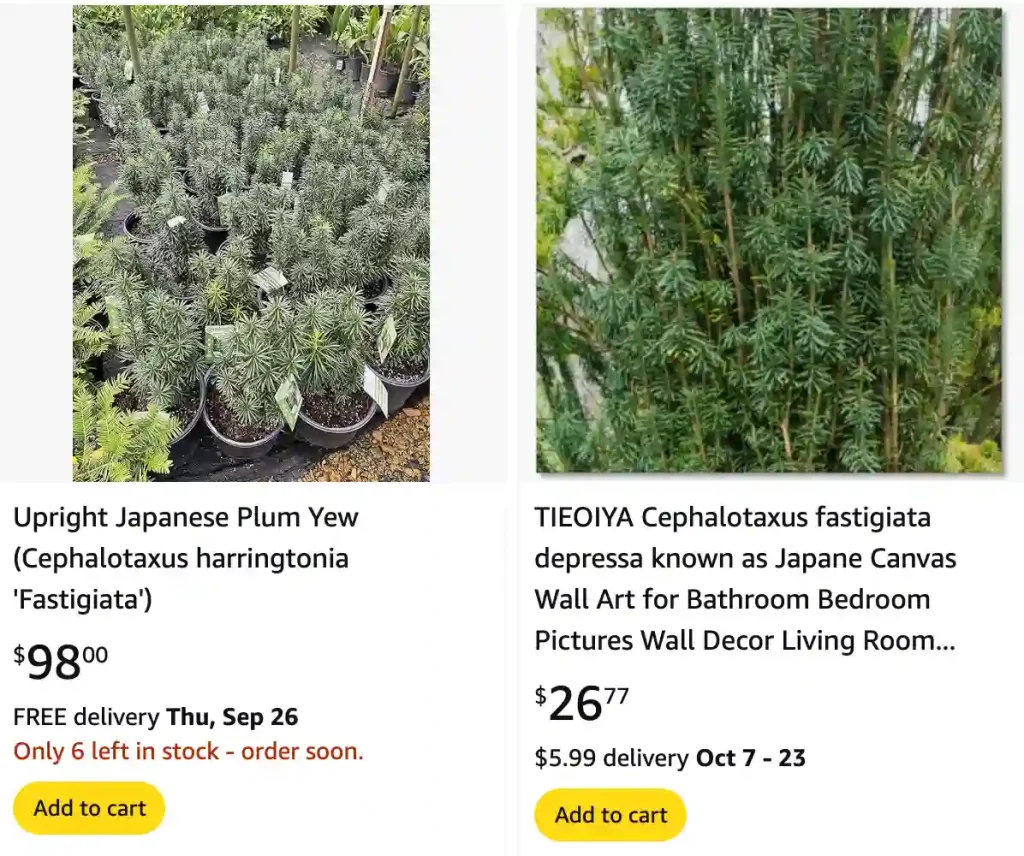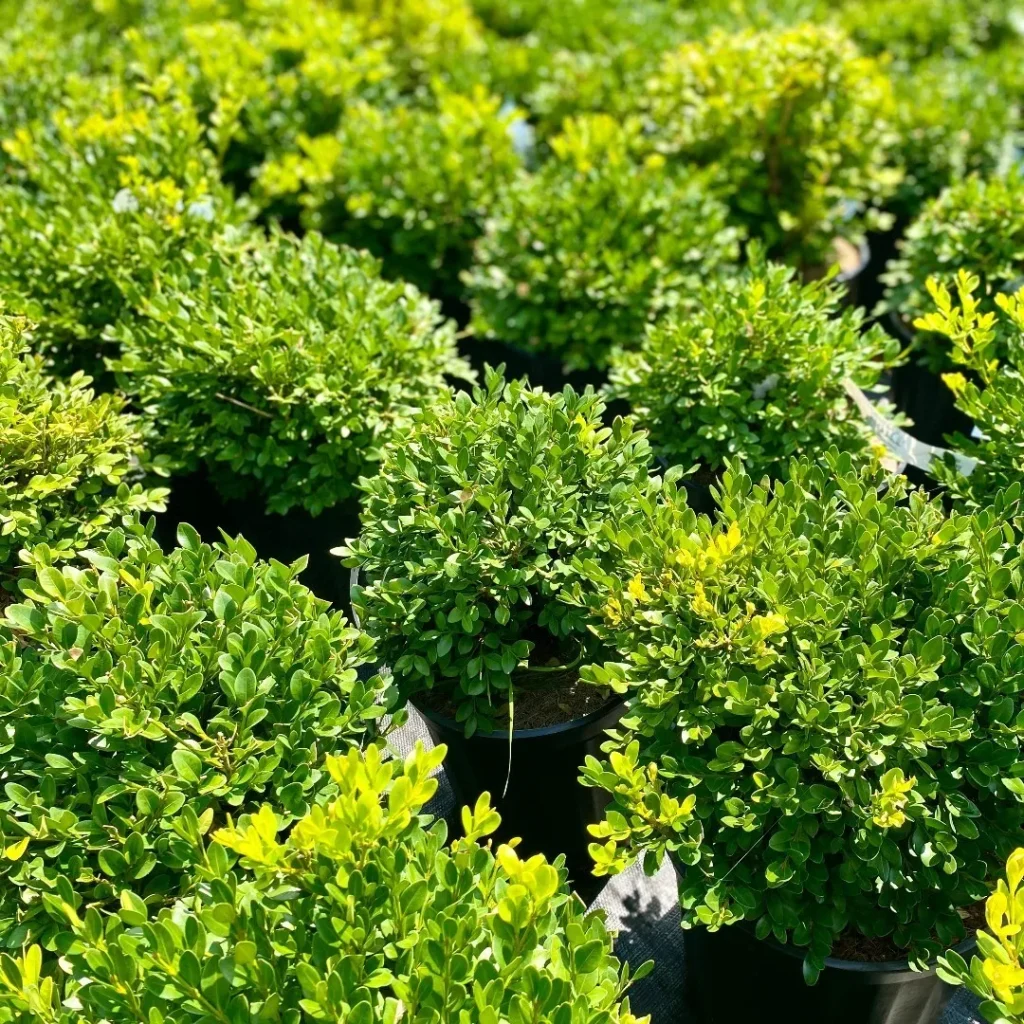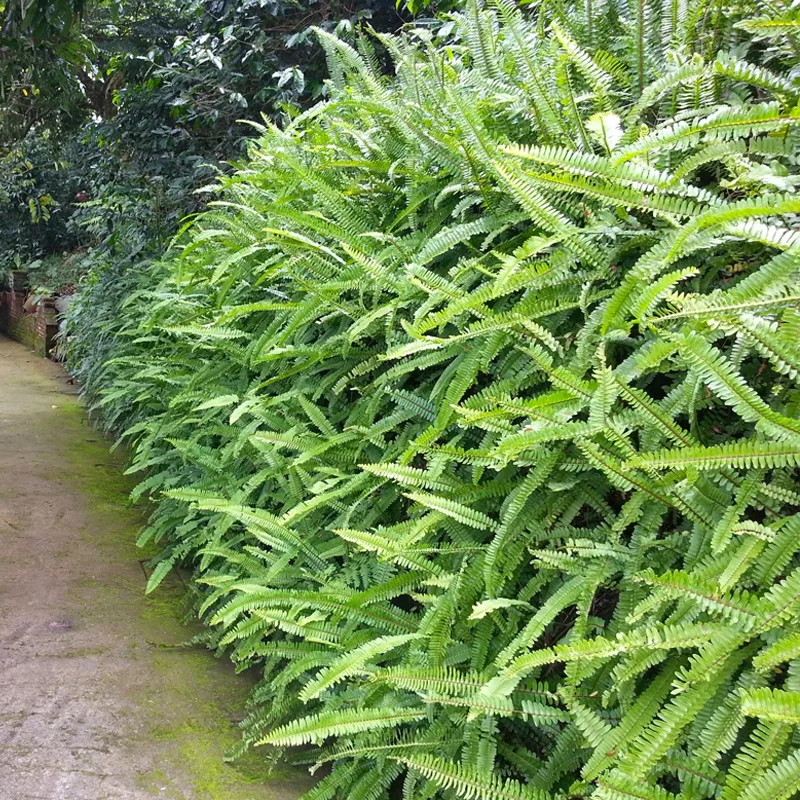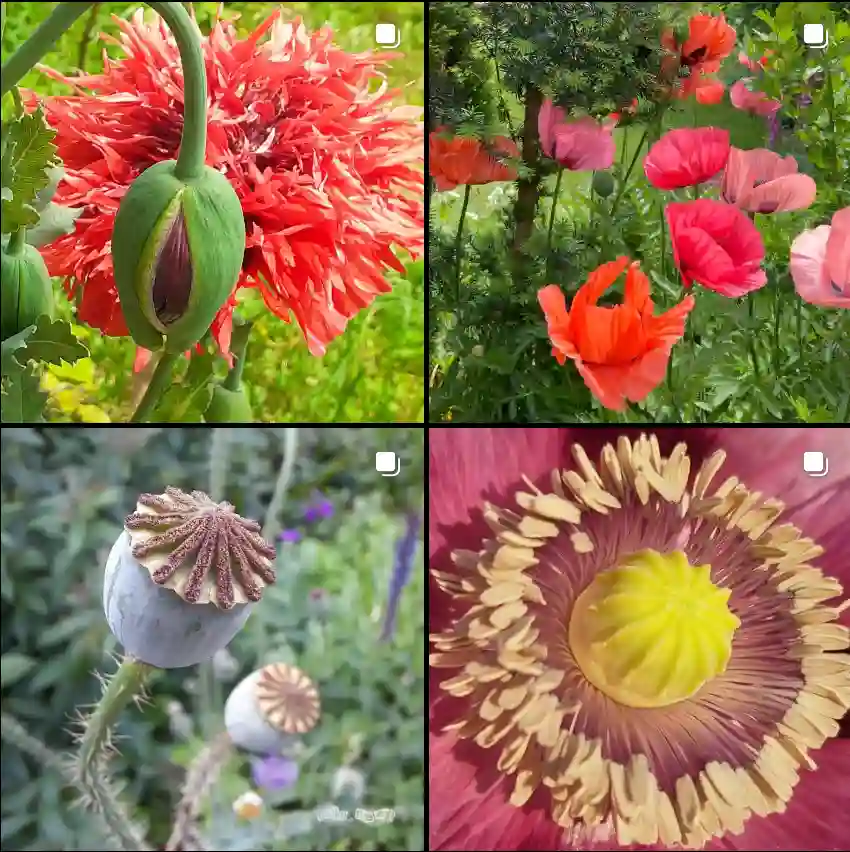
FAQs about Cephalotaxus Fastigiata
As a plant enthusiast, I’ve spent quite a bit of time learning about Cephalotaxus Fastigiata, commonly known as the Japanese Plum Yew. This evergreen conifer has a unique appeal and is often misunderstood. Here’s a detailed exploration of common questions regarding this fascinating plant.
Plant Family: Cephalotaxaceae – 11 Species in Genus Cephalotaxus
What Is Cephalotaxus Fastigiata?
Cephalotaxus Fastigiata is a dense, upright evergreen shrub that can reach heights of up to 10-15 feet, with a spread of about 4-6 feet. It features dark green, needle-like leaves that can give a formal appearance to any landscape. This plant is native to Asia, particularly Japan and China, and it thrives in well-drained soil with partial to full shade.
How to Care for Cephalotaxus Fastigiata?
Caring for Cephalotaxus Fastigiata is relatively straightforward, making it a great choice for both novice and experienced gardeners. Here are the key aspects:
- Light Requirements: While it can tolerate full sun, I’ve found that it thrives best in partial shade. Too much direct sunlight can lead to scorched leaves.
- Soil Type: Well-drained, slightly acidic to neutral soil works wonders. I’ve used a mix of peat and loam to promote healthy growth.
- Watering: Consistent moisture is crucial. During dry spells, I ensure the soil stays damp but not soggy. Overwatering can lead to root rot, which I learned the hard way!
- Fertilizing: In early spring, I apply a balanced fertilizer to encourage growth. It’s important not to over-fertilize, as this can harm the plant.
How to Propagate Cephalotaxus Fastigiata?
Propagation is a fun way to expand your collection. I’ve had success with both seed and cuttings:
- Seeds: Harvest seeds from mature cones in late fall. After soaking them for a few hours, I plant them in a moist seed-starting mix. Germination can take a while, so patience is key.
- Cuttings: In spring, I take 4-6 inch cuttings from healthy stems. Using a rooting hormone increases the chances of successful rooting. I keep the cuttings moist and in a shaded area until roots develop.
What to Plant With Cephalotaxus Fastigiata?
When choosing companion plants, I like to consider their light and water needs. Some great options include:
- Hostas: Their large leaves complement the upright growth of Cephalotaxus.
- Ferns: Varieties like Japanese Painted Fern provide a nice contrast in texture.
- Azaleas: Their colorful blooms add vibrancy to the subdued tones of the Plum Yew.
Is Cephalotaxus Fastigiata Toxic?
One common concern among plant lovers is toxicity. Thankfully, Cephalotaxus Fastigiata is non-toxic to both pets and humans. However, it’s always wise to keep an eye on any plant material that could pose a choking hazard, especially for curious pets.
Benefits of Growing Cephalotaxus Fastigiata
I’ve found numerous benefits to incorporating Cephalotaxus Fastigiata into my garden:
- Low Maintenance: Once established, this plant requires minimal care.
- Year-Round Interest: Its evergreen nature ensures your landscape remains vibrant throughout the year.
- Wildlife Friendly: The dense foliage provides shelter for various birds and beneficial insects.
Common Problems
Despite its hardiness, Cephalotaxus Fastigiata can face some challenges:
- Pests: Watch out for scale insects and aphids. Regular inspections and a simple insecticidal soap treatment can help keep these pests at bay.
- Diseases: Root rot is a common issue, particularly in poorly drained soils. Ensuring good drainage can prevent this problem.
Comparing Cephalotaxus Fastigiata with Other Similar Plants
Cephalotaxus Fastigiata is often confused with Taxus baccata (English Yew) due to their similar needle-like leaves. However, here are some key differences:
- Growth Habit: Cephalotaxus tends to be more upright and denser than Taxus, making it better for formal hedges.
- Toxicity: Unlike Cephalotaxus, Taxus is toxic to both pets and humans, which is something to consider if you have children or pets at home.
Conclusion
In my experience, Cephalotaxus Fastigiata is an exceptional choice for those looking to add structure and year-round greenery to their gardens. With its easy care requirements and appealing aesthetics, it’s become a staple in my landscape. If you’re considering this plant, I hope this FAQ guide has provided the insights you need to confidently welcome Cephalotaxus Fastigiata into your home or garden.
If i die, water my plants!



